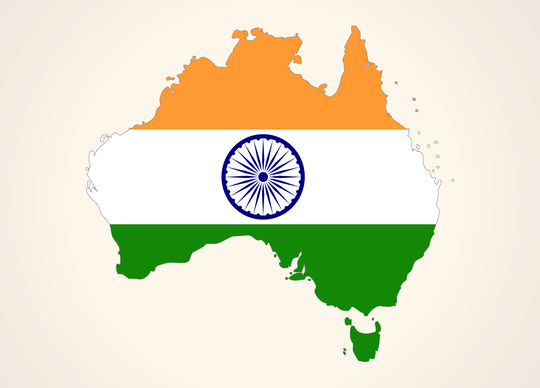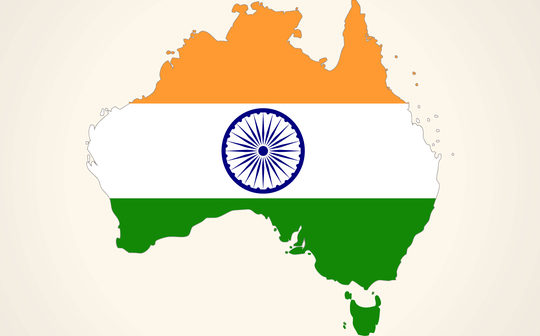
By Sarosh Bana.
A series of collaborations has elevated the India-Australia partnership to new heights, New Delhi apprising Canberra that no country will offer more growth opportunities for Australian businesses than India over the coming decades.
At their first virtual summit in June 2020, Prime Ministers Narendra Modi and Scott Morrison signed the Comprehensive Strategic Partnership agreement, which Australia’s Trade, Tourism and Investment minister Dan Tehan says “underscores the ambition, trust and energy that characterise our contemporary ties”.
Modi and Morrison held their second online summit on 21 March, and committed to doing so annually, making Australia only one of three countries to have such an arrangement with India.
Their meeting was followed by Indian Commerce & Industry minister Piyush Goyal’s official visit to Australia, from 6 to 8 April, where he, alongwith Tehan, concluded the Economic Cooperation and Trade Agreement, or ECTA, meaning “unity” in Hindi. Its range of mutual benefits include the immediate elimination of tariffs on 85 per cent of Australia’s merchandise exports to India, and 96 per cent the other way.
To celebrate these milestones and present the roadmap for the future, the Australian High Commission and the Mumbai Consulate General, together with the Confederation of Indian Industry (CII) and Indo-Australian Chamber of Commerce (IACC) held a grand function in Mumbai on 7 April to release the “Economic Strategy Update” on the report, India Economic Strategy to 2035: Navigating from Potential to Delivery.
This Update was a call to action for government and business on the independent report, which had been authored, on behalf of CII, by Anil Wadhwa, former Secretary (East) in the Indian Ministry of External Affairs. The Strategy document had been submitted to the Australian government in 2018 as a roadmap to deepen economic integration with India.
“The Update includes a five-year plan for the Australian government to help achieve its long-term economic ambitions with India,” said Wadhwa. “It will help lay the ground for businesses on both sides to realise the potential of our economic partnership.”
He added that both the countries have formally relaunched negotiations for a Comprehensive Economic Cooperation Agreement (CECA) and were working towards an early agreement to deepen bilateral trade in goods and services, with the aim of concluding a full CECA by the end of 2022. “The CECA should deliver improved goods market access across resources and energy, agriculture, processed food and beverages, and industrial products,” he mentioned. “Australia will also seek improved access for service suppliers, and modern investor protections to increase investor confidence and drive investment, with appropriate safeguards for governments’ rights to regulate.” The agreement would additionally facilitate digital trade by including modern and forward-looking rules that support the use of digital tools to enable trade.
Australia’s flag carrier Qantas has also announced additional flights to India, its CEO Alan Joyce pointing out that demand for direct flights between the two countries has grown steadily since they reopened their borders. “From 14 September, Qantas will operate four weekly return flights between Bengaluru [India’s IT hub] and Sydney with its widebody Airbus A330 aircraft,” he said. “These are the first direct flights between Australia and southern India by any airline, cutting almost three hours off the current fastest trip between Bengaluru and Sydney.”
Qantas will continue to operate up to five flights a week between Melbourne and Delhi, making it the only airline offering direct flights between both northern and southern India and Australia. “We are pleased to announce our proposed codeshare partnership with Qantas, following ECTA,” notes Ronojoy Dutta, CEO of IndiGo, India’s largest passenger airline. “Once finalised, this new partnership will enable Qantas customers to fly to more than 50 unique cities on IndiGo via Bengaluru, Delhi, and Singapore with the access of 41, 33, and 6 destinations per station respectively.”






